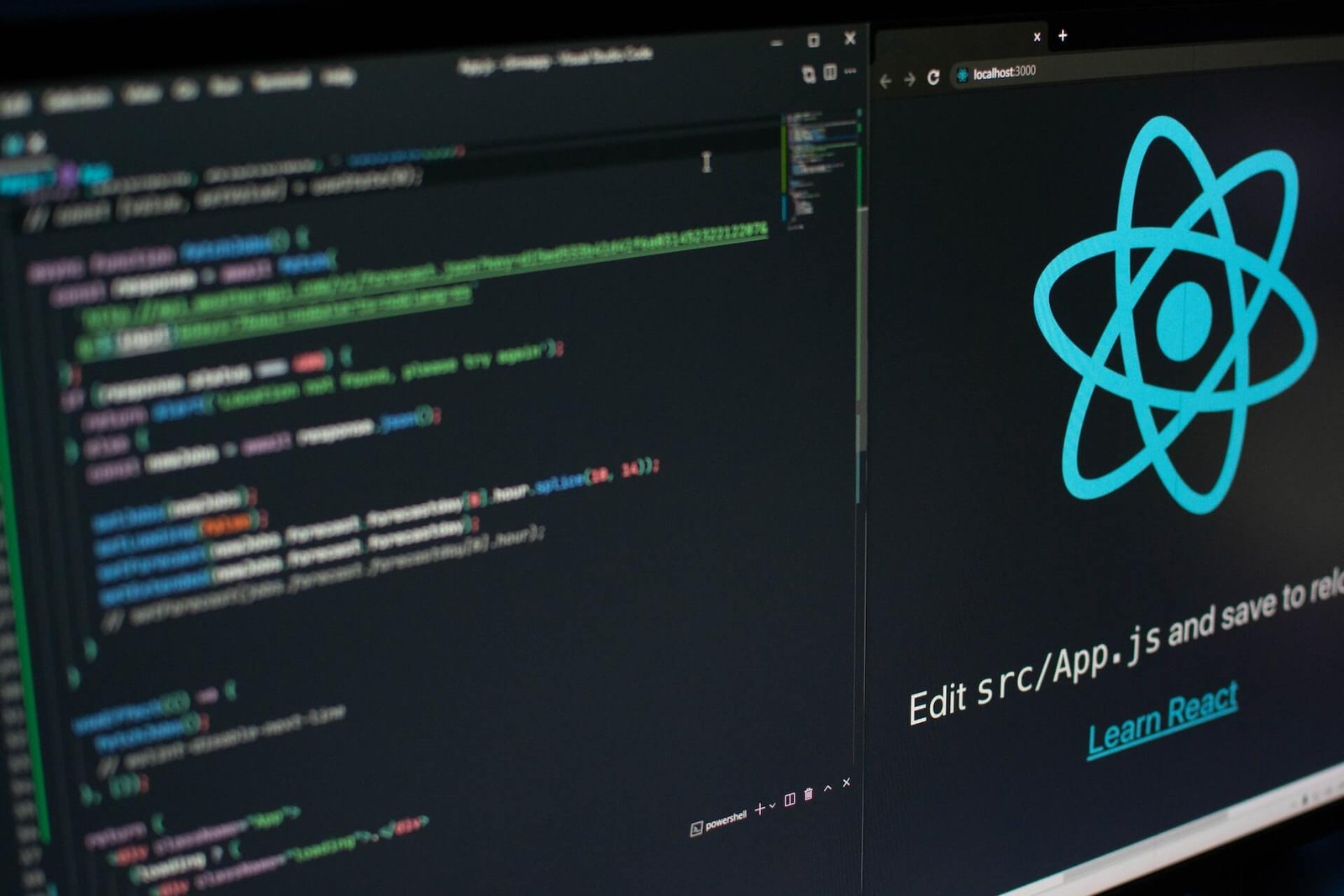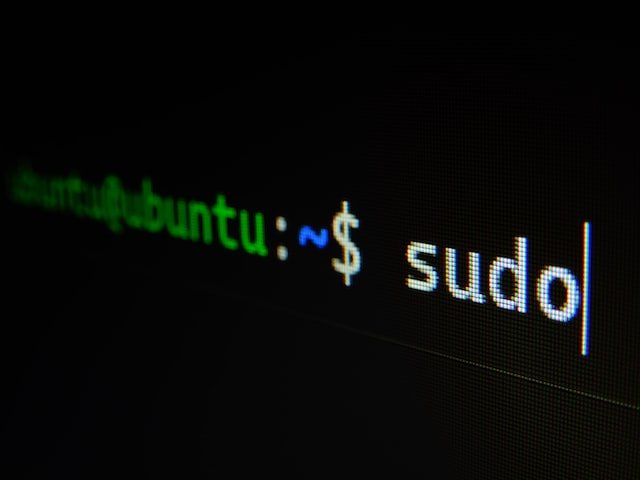The goal of frameworks and libraries is the same: to increase the number of out-of-the-box functions available to developers, thereby reducing error and inefficient code. Frameworks and libraries are third-party code blocks that aid in the solution of common problems in a programming language.
LIBRARY
What exactly is a library?
In contrast to pure code, a library is an additional module that is requested by a program rather than an independently executable unit.
Simply put, libraries are collections of classes and functions, which is why they are also known as component or class libraries. Access to the necessary functions from the library is made possible through a program interface (API / Application Programming Interface). However, access is limited to “public” functions; libraries also have “private” functions that operate in the background but are invisible to the outside world.
—
A library is similar to the interior design of a house or flat. The same four walls can be customized with paint or wallpaper, flooring, furniture, and decoration options. Interior designer does not make their own paint from chemicals and colorings, nor does they construct a table from blocks of wood. All of the elements used to create a space’s interior design were pre-made by someone else and expertly arranged by the designer.
Similarly, a software developer who uses a library can mix and match all of the ready blocks of code provided by the library and then customize them as desired. As an example, an interior designer might paint a piece of furniture a different color to achieve the desired effect.
FRAMEWORK
A framework is a type of library that, unlike a regular library, does not contain “finished” functions. Frameworks, on the other hand, our program scaffolds that provide the blueprint but not the finished product.
As a result, the framework provides the blueprint and the basic framework while also indicating what customization is still required from the programmer. The framework defines the flow of a software application, tells the developer what it requires, and calls the developer’s code as needed. If a library is used, the code from the library is called by the application.
—
Consider a software development framework to be the basic structure of a house, complete with support pillars and beams, central electrics, and plumbing infrastructure.
The framework provides a core architecture that effectively eliminates the possibility of fundamental errors or inefficiencies – the wheel does not need to be reinvented. However, it also allows for a great deal of customization.
The builders of a house would still be able to choose where internal walls should be placed, which rooms are used for what (as long as they are compatible with the framework, for example, there may be some limitations on where the bathroom can be to connect to plumbing) and fixtures and fittings.











